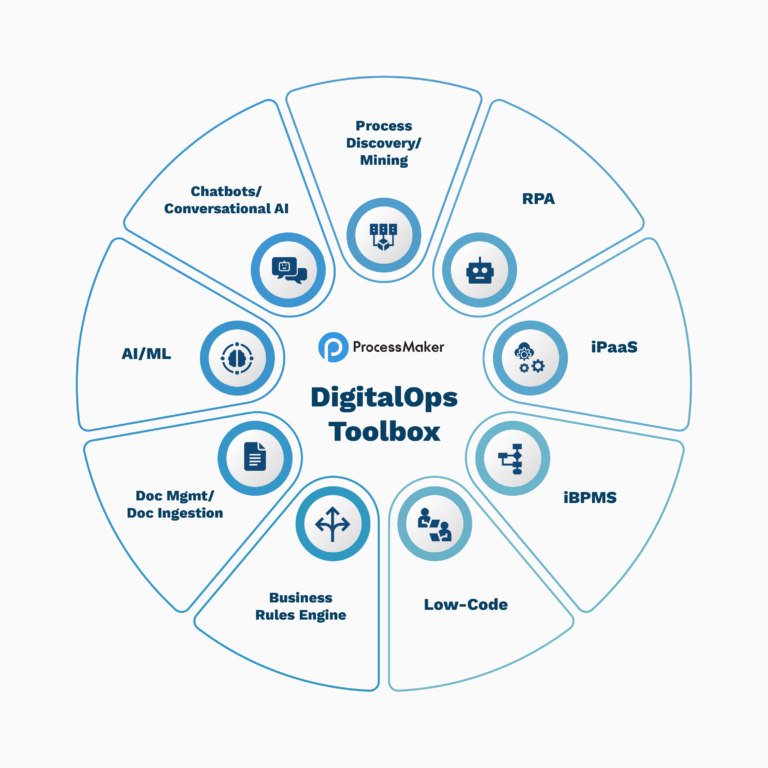Following the outbreak of the pandemic, organizations faced unprecedented financial and operational challenges. Despite financial constraints, organizations began investing heavily in digital transformation. While 52% of organizations planned to cut or defer spending due to COVID-19, just 9% made those cuts in digital transformation.
According to a McKinsey report, the race towards digital transformation has accelerated the rate of digitization by three to four years, while the share of digital products in organizations’ portfolios has “accelerated by a shocking seven years.” Yet most organizations are failing to achieve digital transformation.
Research conducted by McKinsey found that “fewer than one-third of organizational transformations succeed at improving a company’s performance and sustaining those gains, the latest results find that the success rate of digital transformations is even lower.” A common characteristic among organizations that have found success in transforming their digital operations is the deployment of a broad range of technologies. “The organizations with successful transformations are likelier than others to use more sophisticated technologies, such as artificial intelligence, the Internet of Things, and advanced neural machine-learning techniques.”
Gartner coined the term “hyper-automation” to describe the use of a combination of digital tools to achieve digital transformation. These automation technologies make up the DigitalOps Toolbox. In the rest of this article, we will explore the DigitalOps Toolbox and the core digital operations tools in more detail.
The DigitalOps Toolbox
Gartner defines DigitalOps, or digital operations, as “the process’ center of your digital transformation, providing the orchestration of systems and other resources. DigitalOps incorporates mechanics for sensing and responding, while potentially supporting dynamic learning and optimization.” The DigitalOps Toolbox offers technologies to address each stage of process automation, including process discovery, analysis, design, automation, measurement, and evaluation.
The digital operations toolbox consists of the following technologies:
- RPA
- Process Mining and Discovery
- iBPMS
- iPaaS
- Low-Code
- Decision Management Suites
- Business Rules Engine
- Artificial Intelligence and Machine Learning
RPA
Robotic process automation allows organizations to automate rules-based processes. Organizations use RPA to replace humans with “bots” in the completion of repetitive and time-consuming tasks, allowing human workers to focus on performing higher value tasks.
Automating tasks with RPA reduces costs, lowers operational risk, and improves customer experiences by simplifying processes and improving customer service. Yet RPA also has some limitations. Most significantly, RPA relies on structured data meaning that most enterprise data is off limits since it is buried in unstructured sources. For this reason, RPA is often combined with other digital operations tools.
Process Mining and Discovery
Process mining is a technology used for discovering, monitoring, and improving processes. It works by extracting knowledge from event logs to evaluate how processes are actually working. This method is far more accurate and quicker than traditional process mapping.
Process mining helps stakeholders to discover bottlenecks and inefficient processes. Organizations can continuously monitor processes and simplify compliance with audit trails. In this sense, process mining serves to automate key components of a business process management (BPM) strategy.
iBPMS
An intelligent business process management suite is a important aspect of a successful digital transformation. An iBPMS builds on traditional BPM software with added features such as AI, cloud computing, event processing, and real-time analytics. According to Gartner, the iBPMS “market is the natural evolution of the earlier BPMS market…iBPMS have added enhanced support for human collaboration such as integration with social media, mobile-enabled process tasks, streaming analytics and real-time decision management.”
iPaaS
Gartner defines an integration platform as a service as a “suite of cloud services enabling development, execution and governance of integration flows connecting any combination of on premises and cloud-based processes, services, applications and data within individual or across multiple organizations.”
As more and more organizations turn to cloud computing, an iPaas plays a crucial role in helping to integrate applications, streamline workflows, synchronize data, and gain better visibility of data.
Low-Code
A low-code application platform uses a graphical interface to quickly develop code. This eliminates the need for manual line-by-line code development, allowing both citizen developers and professional developers to quickly build innovative applications. According to Forrester, with a low-code platform an organization can develop software up to 10x faster than with traditional development processes.
Decision Management Suites
Decision Management Suites (DMSs) are used in decision-centric business applications. According to Gartner, “Modern DMS products have evolved beyond business rule management systems by providing better support for analytics and decision making. These can be used alongside BPM tools.”
A DMS is a good fit for an application that involves diverse input data, multiple calculations, many business policies implemented as rules, or advanced algorithms that involve a combination of rules and analytics models.
Business Rules Engine
A business rules engine (BRE) is a software program that executes decision processes based on predefined business rules. A BRE enables accurate decision making and is ideal for executing complex business processes. BREs are also commonly used in organizations where regulatory frameworks require frequent changes to business logic. Through automation, organizations can save a significant amount of time while increasing compliance.
Artificial Intelligence and Machine Learning
To achieve digital transformation, organizations need to augment an integrated system of digital operations tools with AI and/or ML. Standard process automation technologies are limited in their use to structured data. AI and ML can use unstructured data, adapting and improving over time. This enables the automation of complex business processes.
Successful digital transformation requires selecting and implementing the right combination of digital operations tools from the DigitalOps Toolbox.
ProcessMaker offers an industry leading low-code iBPMS that helps organizations to achieve hyper-automation at scale, with connectors to most digitalop technologies. Leverage RPA bots within ProcessMaker, like UIPath and Automation Anywhere. Connect to third party systems via API.




